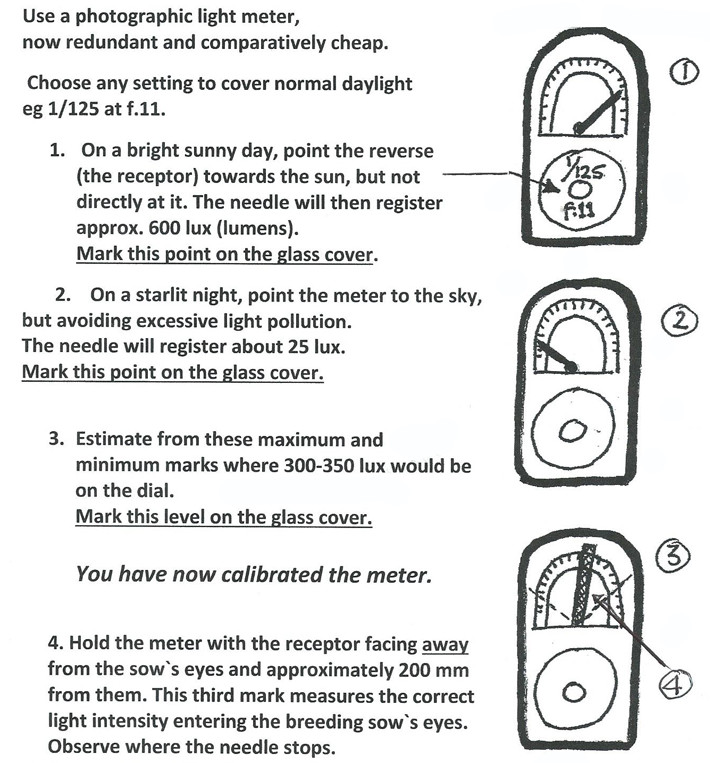This time, I want to talk about a very useful idea I’ve used on most of my farm visits for 30 years now.
Up until about 10 years ago, photographic shops had a ready supply of light meters on their second-hand shelves. These had been used routinely by photographers before the appearance of modern digital cameras with a light-measuring chip inside. Separate light meters quickly became redundant.
The old light meters are still around nowadays, although now they’re classed as “photographica”, so can cost a bit more; they’re now £20 to £30 rather than the £10 of 15 years ago – although I found a good one at a car boot sale recently for a fiver! These old light meters are still a worthwhile investment, and can be tested out on the spot in seconds.
Ask at camera shop – if you can find one – (or search online) and you may find one of these redundant examples – even if you have to put up with the shop assistant`s puzzled gaze as he considers you to be an out-of-date ignoramus! As he will undoubtedly tell you, there are plenty of modern light meters that give a direct readout for lumens, but in my experience some are inaccurate at low light levels, and the cheaper ones soon seem to peg out. They’re just not rugged enough for farm conditions of damp and dust, and being left on pen walls.
I’ve tried a couple of modern “cheapies” ordered from the internet and have reverted to the satisfyingly solid “old-fashioned” type. The reliable modern ones tend to cost more than three figures anyway, and are still a bit delicate for farm use, so get a really rugged and heavy old one if you can. Old-fashioned maybe, but very simple and accurate and will last forever. My instructions below describe how to calibrate it for use.
Light levels are important
Checking the light levels entering the sows eyes is important immediately before and after farrowing, on into rebreeding and possibly even the three weeks or so of the implantation stage – although the jury’s out on the latter. For outdoor sows, as discussed in my previous blog, if the light level moves well past the 300-350 lux mark for much of the day, it likely that they will need some form of shade.





